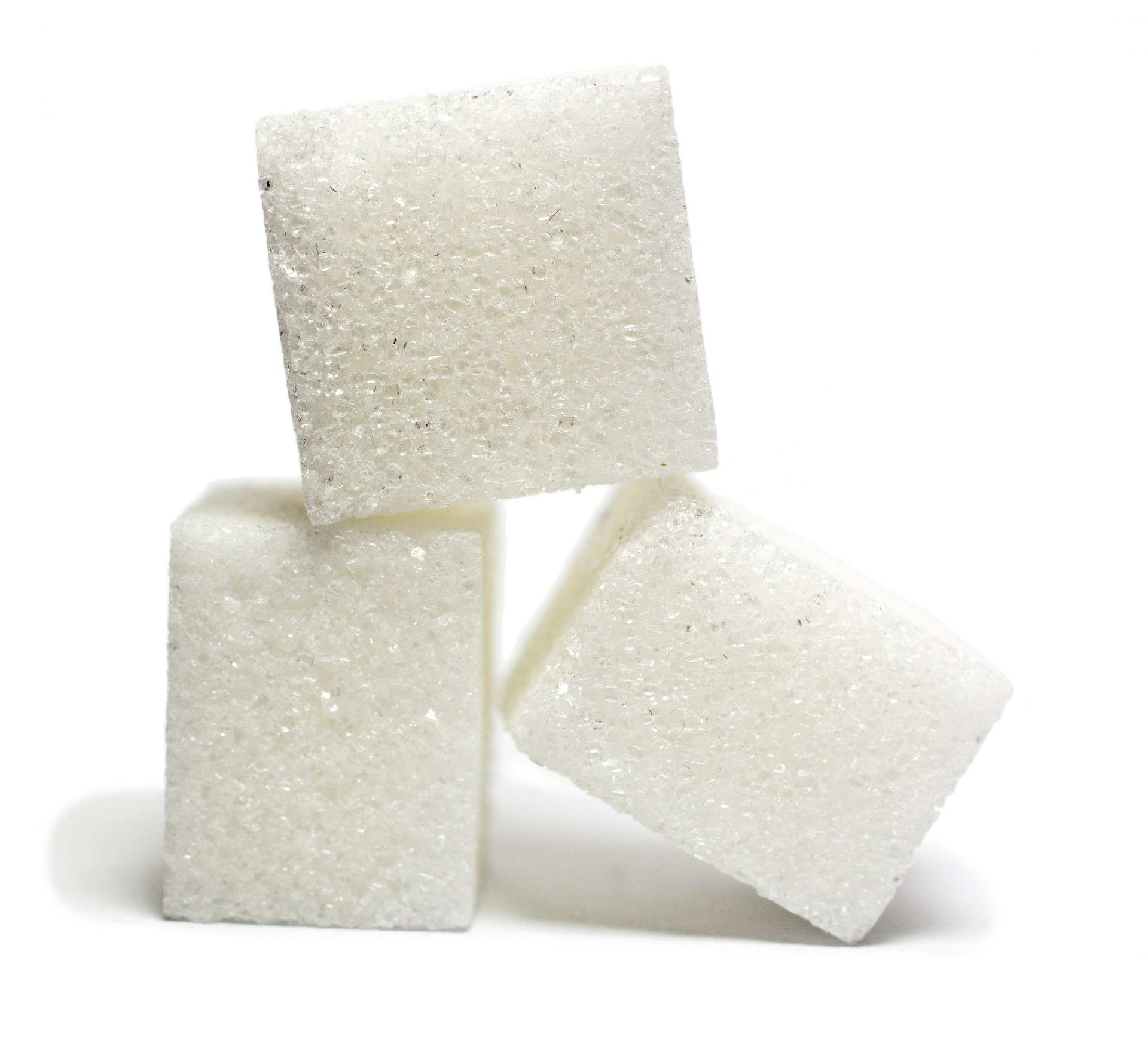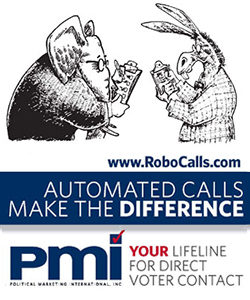(Chuck Muth) – Americans aren’t used to doing without. They’re accustomed to living in the land of plenty. If you want it, it’s there. When you want it. From multiple sources. At competitively affordable prices.
Not anymore.
Thanks to President Biden’s “supply chain” crisis, grocery and retail store shelves are empty of products usually found in abundance.
There’s a dearth of refrigerators, freezers, dishwashers, dryers, dehumidifiers and microwaves. And, as White House Press Secretary Jen Psaki sarcastically noted recently, there’s “the tragedy of the treadmill that’s delayed.”
The cost of lumber and drywall has skyrocketed, driving up the cost of new homes, as well as home repairs.
Computer chips have people waiting in blocks-long lines to get gaming consoles and graphic cards. Printers and ink are in short supply, too. And when you can find them on the “black market,” they’re costing a king’s ransom.
It’s also resulted in a shortage of new cars, which has in turn helped dry up the used car market. So the relatively few cars available now cost an arm and a leg. As do the parts – if you can find them – for repairs.
There’s also a shortage of coffee beans, wheat, barley, peas, and even chicken wings!
But not sugar.
Thanks to the U.S. sugar policy that restricts imports from foreign countries that unfairly subsidize their sugar industries, Americans not only have a dependable supply of this critical commodity, but a reliable supply chain as well.
During the height of the COVID panic – when there was a run on goods and shelves started emptying – sugar remained in ample supply. Why? Because U.S. sugar producers produce sugar in the U.S. and essentially fund and support their own supply chain.
Indeed, American sugar companies produce the sugar, refine the sugar, package the sugar and store the sugar in facilities near customers, then deliver the sugar to customers when it’s needed.
If you take U.S. producers out of the equation – and food companies had to import refined sugar, store it themselves and handle all the logistics – sweets, treats and manner of other sugar-infused foods would be as hard to find as toilet paper was at the start of the pandemic.
And you’d practically have to take out a second mortgage to buy a Hershey bar!
The U.S. sugar industry is in an envious position during this supply chain crisis. And American consumers are the biggest beneficiaries. The no-cost-to-taxpayers sugar program works. And when something works, don’t “fix” it.



